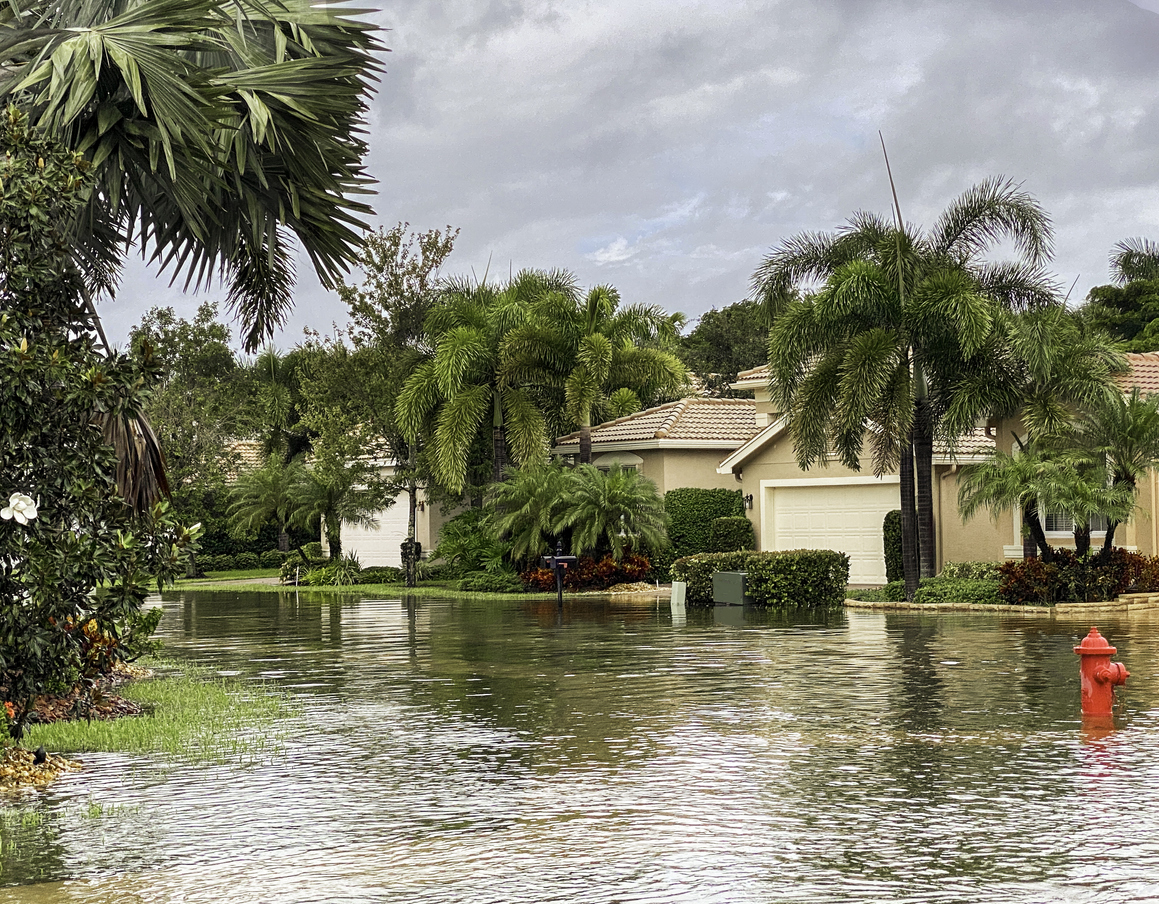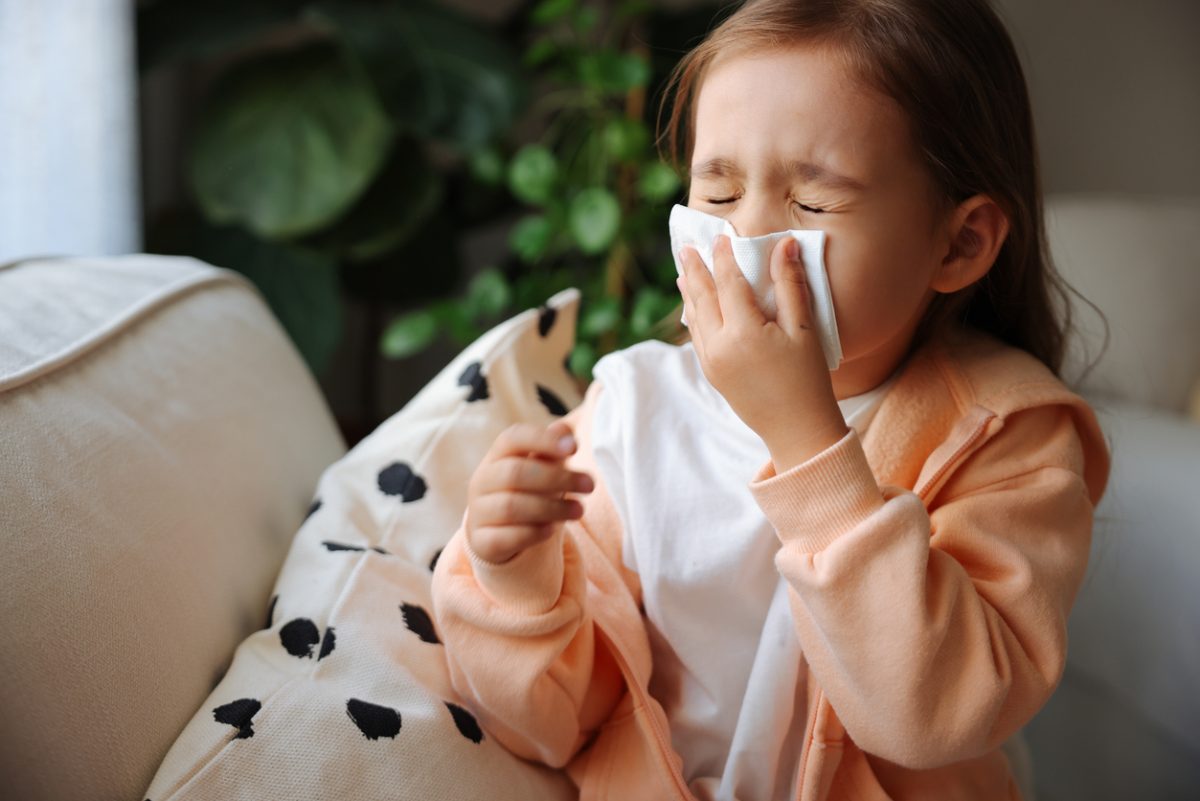
If your child is one of the millions who suffers from allergies in the U.S., you know that it can be hard to control their symptoms. Reducing contact with airborne allergens like dust and pollen can help prevent the onset of symptoms in children. Allergy symptoms can be especially troublesome during back-to-school season, when a combination of illnesses and fall allergies can increase the chances for absences early in the year.
This is where your appliances come in. Air cleaners, vacuums, humidifiers and dehumidifiers can all play a role in reducing allergens and easing allergy symptoms.
Here are a few steps you can take with your appliances that may help ease your child’s fall allergy symptoms:
- Use a room air cleaner with a HEPA filter. Air cleaners trap many common allergens, including dust and pollen, and can even remove microbiological pollutants like viruses, bacteria and mold.
- Keep your room air cleaner running, and operate it in the space where your child spends most of their time. Change the filter as needed.
- Vacuum the carpet and floors throughout the home on a regular basis and consider using a vacuum with a HEPA filter. If you have a central vacuum, take advantage of its unique abilities. Dirt and pollutants that central vacuums capture are carried through a home’s exhaust system to a central container and don’t require a HEPA filter to remove allergens.
- Dust mites tend to live on the floor, bedding and furniture. Wash all of them regularly in hot water.
- Do not hang laundry outside to dry where it may collect pollen and other allergens. Use a dryer or hang the clothes inside instead.
- Use a portable room air cleaner in your child’s bedroom to filter airborne particles and help them breathe—and sleep—easier. A portable room air cleaner that’s received a Clean Air Delivery Rate (CADR) seal may reduce the level of airborne pollutants. CADR is evolving to encompass virus, bacteria and mold as well as the traditional dust, pollen and smoke.
- If you have an allergy to dust mites or mold, use a dehumidifier. Dust mites tend to thrive in a humid environment. Dehumidifiers can also reduce the humidity that promotes mold growth.
- Keep windows closed in the car and at home and limit outdoor activities, especially when the pollen count is high.
- Using a humidifier can help with symptoms like chronic congestion or postnasal drip.
- Give kids a bath or shower before bed to help remove the allergens that may have collected on them throughout the day. Wash their clothes in hot water, as many allergens can cling to clothing.
Search for and compare models using the AHAM Verifide online directory. You can search by room size to find the models that are most appropriate for your child’s bedroom. Look at the CADR ratings for tobacco smoke, dust and pollen and find the models that have the highest ratings since they will clean your room the fastest. You can then weigh the importance of product features, such as design and Wi-FI connectivity, to find an air cleaner that fits your needs.





